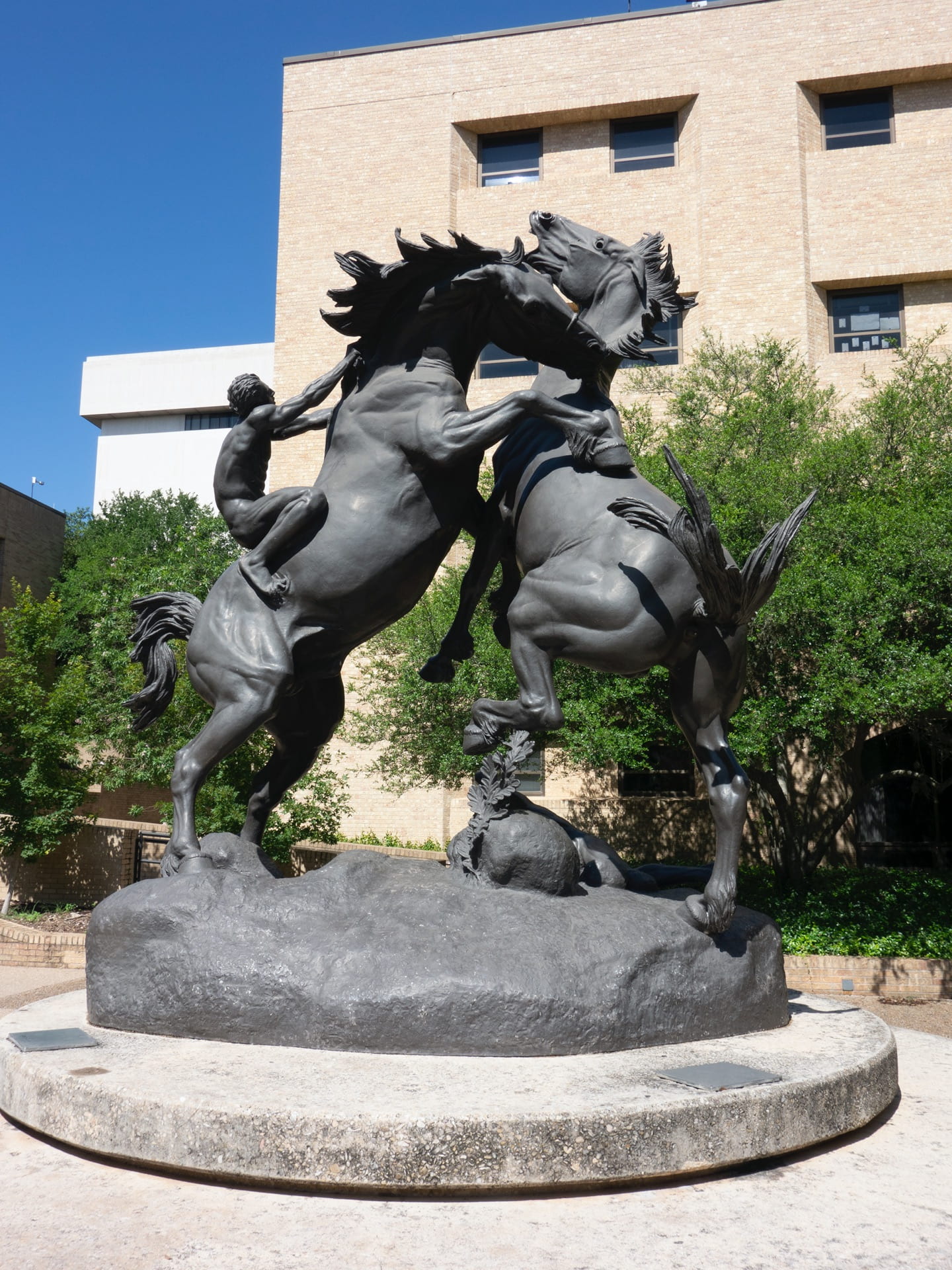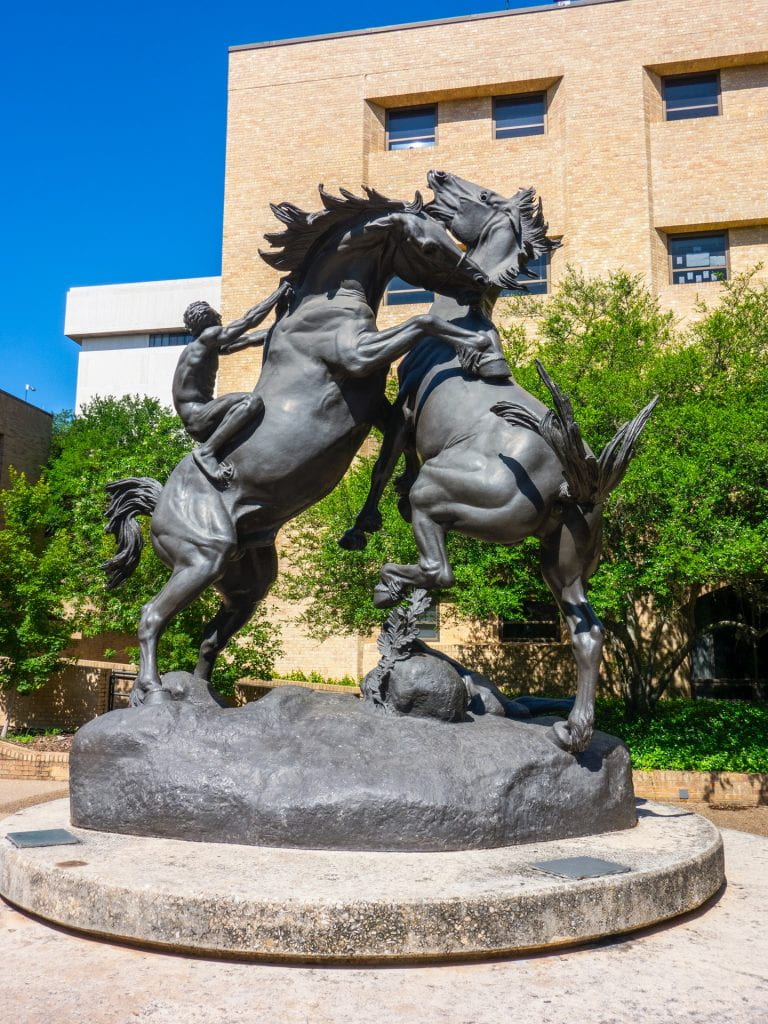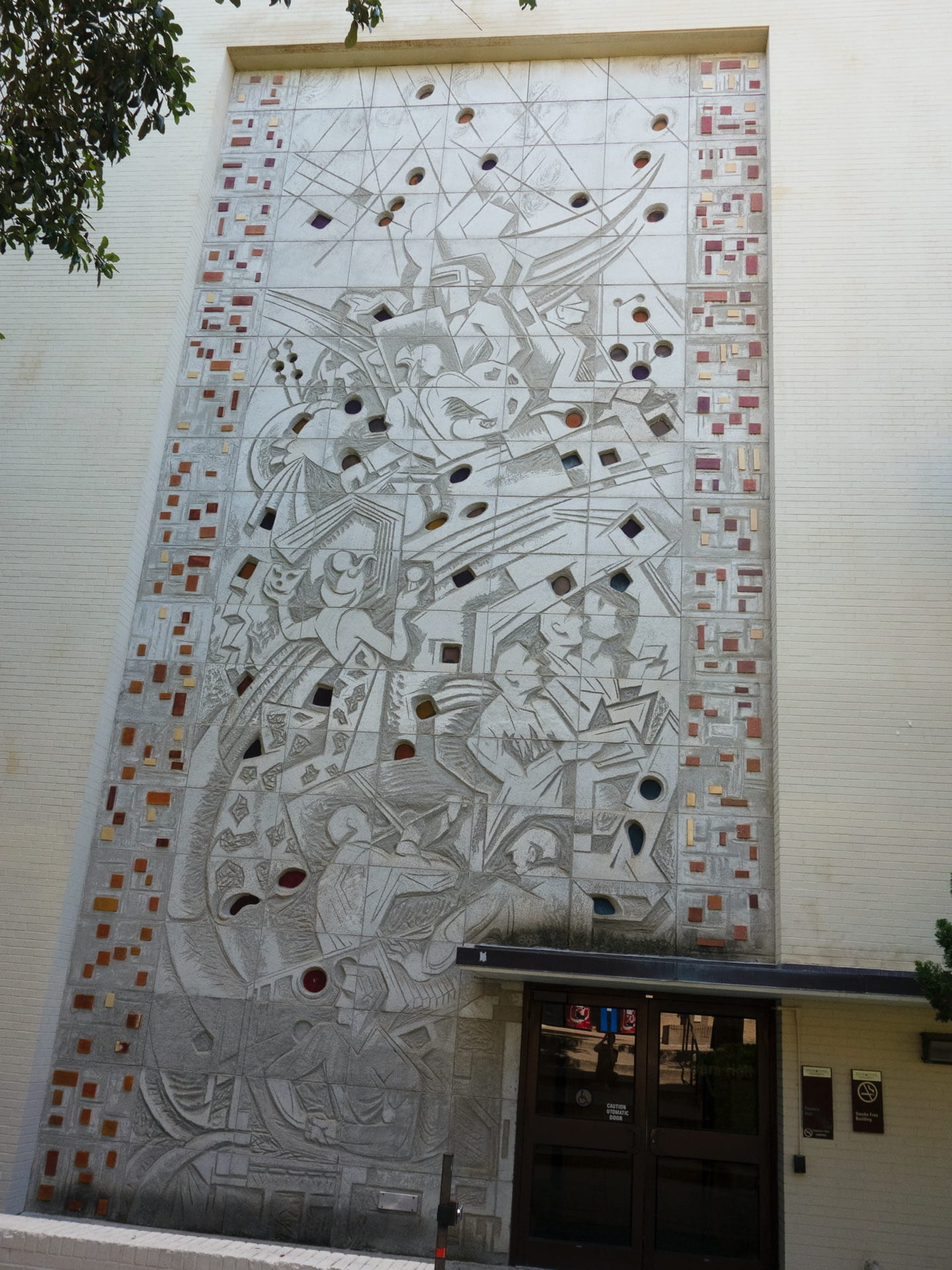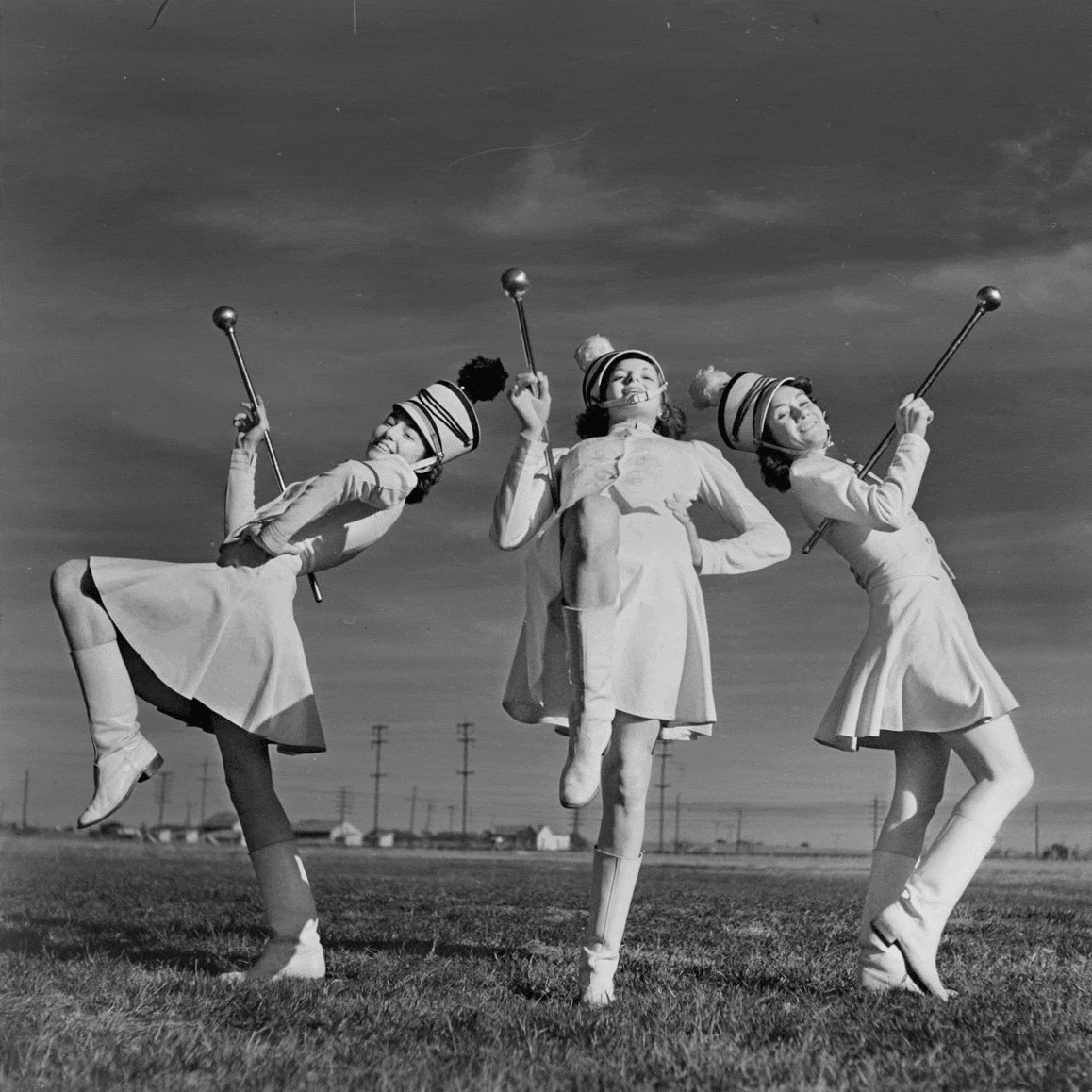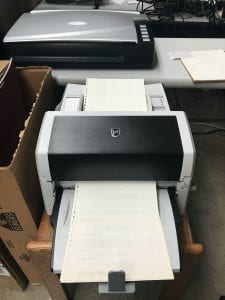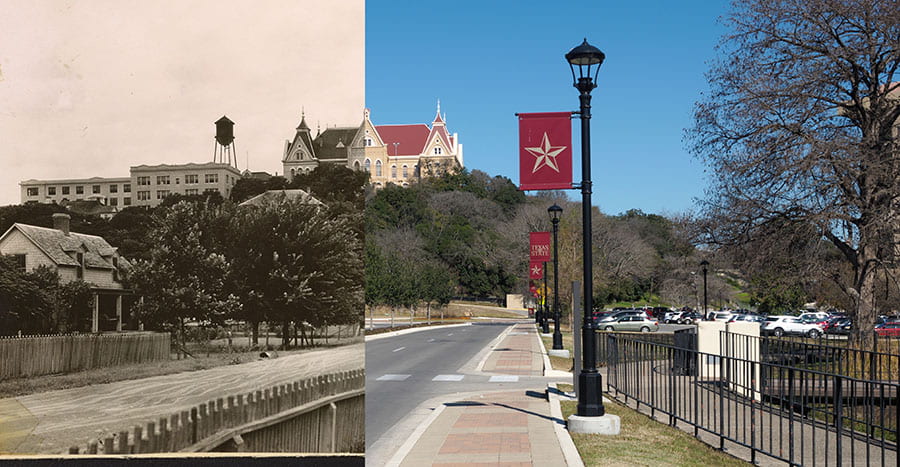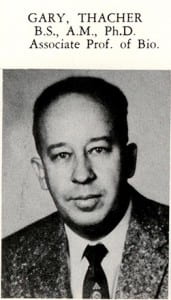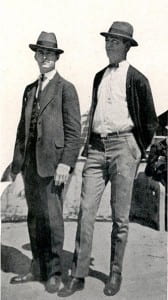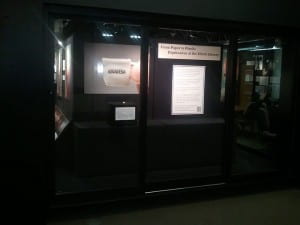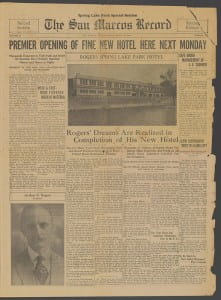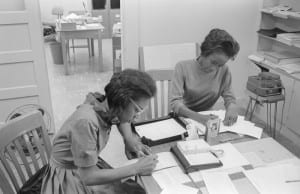Tech Reflect is a platform for Digital & Web Services technicians to look-back on a particular project and share their experiences, thoughts, and lessons learned.
By: Zachary Johnson, Digital A/V Technician
The Civilian Conservation Corps Project (CCC) was founded in 1933, ending in 1942. It was a government-funded organization originally meant for unemployed, unmarried men between the age of 18 and 25. The age limit was eventually moved up to 28 (although most camps didn’t care if you were 16 or 17). FDR created the CCC as a part of his ‘New Deal’ in order to provide money to families that were in desperate need of cash during the great depression
The jobs done by the CCC enrollees were mostly construction, but that is not all they were known for doing. They were truckers (construction & transportation), medical staff (assistants to doctors, nurses, and dentists), hairdressers, miners in rock quarries (although they were sometimes used to help find artifacts in historically significant dig sites), and cooks (enrollees who made breakfast, lunch, and dinner), or cashiers at concession stands in the rec hall (for extra cash, not as their main/sole job). Each enrollee was paid around $27 a month, but they only received $5 and the rest was sent to their families to help them get through the depression, though the amount paid could vary from year to year. The CCC operated mostly through national parks and was run by the U.S. military, although enrollees did not have quite as many rules and responsibilities as military personnel had. As a for instance, they still had to make their beds in the morning and have them inspected, but they didn’t have to do things like saluting to the flag.
Dr. Ron Brown has approximately 42 cassette tapes of oral interviews conducted in 1991-1993 while he was working on a history of the Civilian Conservation Corps (CCC) camps in Mesa Verde National Park. The Mesa Verde site is significant because unlike most CCC sites, most of the documents and archives related to CCC remained on site and were not sent to the National Archives. Persons who were members of the CCC in Mesa Verde were interviewed for their recollections. Shortly after he completed the interviews, he became a full-time administrator and did not return to the project until Jan. 1, 2018, when he returned to full-time faculty status. The interviews were collected on cassette tapes of good quality at the time. His interview equipment was better than average quality at the time, and the interview cassettes have not been run since the early 1990s.
The tapes are historically significant documents that are important for his own research and would be of use to the Texas State Archives as well as to the MVNP Research Center in Colorado. The tapes were captured, edited, and given back to Dr. Brown in the months of October and November 2018 by Zachary Johnson. After the digital capture, the physical tapes will be given to the university archiving department at Texas State University library, while the digital copies will be transcribed and given back to Dr.Brown for his project.
How I Created Digital Files from Legacy Technology
- Check to make sure all the recording devices work properly
- Check the condition of the physical tape
- Record the audio on each side of the tape
- Edit/clean up the audio
- Turn in for Quality Control (QC)
Continue reading →

